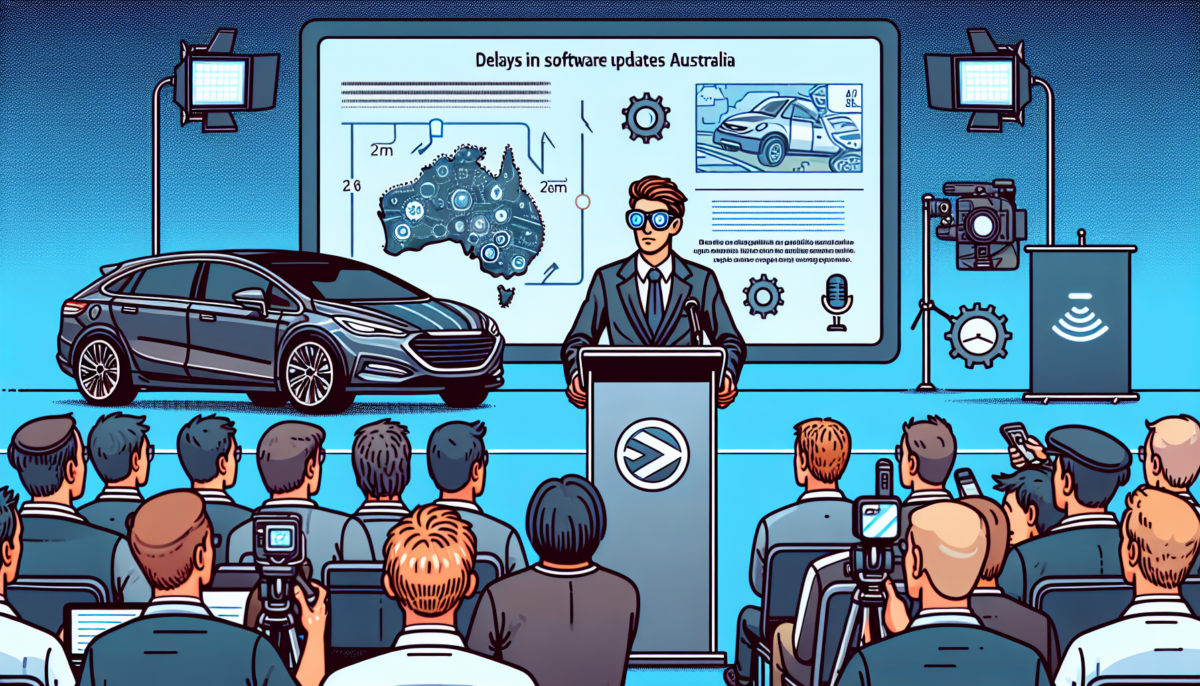Concise Overview
- Hybrid infrastructures are increasingly favored for their adaptability and scalability, yet they also enlarge the digital attack surface.
- External Attack Surface Management (EASM) and Continuous Threat Exposure Management (CTEM) are emerging solutions to these concerns.
- The Australian Cyber Security Centre (ACSC) noted a 31% year-over-year rise in vulnerabilities for 2023-24.
- Integrated management frameworks and automation play a vital role in tackling fragmented environments and improving security.
- Multi-cloud strategies help to reduce risks by distributing workloads across various platforms, ensuring resilience and redundancy.
- Effective Identity and Access Management (IAM) practices, including multi-factor authentication, are crucial for securing hybrid settings.
The Growing Attack Surface in Hybrid Infrastructures
As Australian enterprises embrace hybrid infrastructures that blend on-premises, cloud, and multi-cloud setups, they gain advantages like scalability and innovation. Nevertheless, this change poses the challenge of managing an increasingly large attack surface. The ACSC’s Annual Cyber Threat Report (2023-24) reveals a 31% rise in reported vulnerabilities, highlighting the urgent need for strong security measures.
David Dowling, the Head of Product and Solution Design for Cyber at Interactive, points out a major problem: the absence of unified visibility in hybrid infrastructures. “Data and applications are frequently dispersed across various platforms run by distinct teams or vendors, creating vulnerabilities that cybercriminals can exploit,” Dowling explains.
Integrated Management and Threat Intelligence
The Importance of Unified Visibility
Unified management frameworks provide a “single pane of glass” for overseeing hybrid environments, simplifying the detection and response to threats. As Dowling mentions, services like Microsoft Sentinel, when combined with ACSC’s threat intelligence, allow organizations to stay proactive against threats such as phishing and malware incidents.
Using Threat Intelligence Effectively
Collaborating with the ACSC, Microsoft Sentinel automates the detection of over a million phishing sites targeting Australia. This integration eases the load on security teams, enabling them to concentrate on strategic priorities while automation manages everyday tasks.
Automation: Fundamental to Cyber Hygiene
Minimizing Human Error
Automation is vital for reducing human mistakes and enhancing responsiveness to new threats. Routine activities such as applying patches and managing phishing attempts can be automated to decrease vulnerabilities, freeing up resources for more intricate tasks.
Impact in the Real World
Dowling shares instances where automation has notably improved security outcomes. Automated detection of phishing and malware responses ensures prompt risk management, offering stronger, more focused protection against changing threats.
Finding the Balance Between Agility and Security
Hybrid infrastructures give enterprises flexibility and rapid scalability. However, these advantages might lead to vulnerabilities unless security protocols are sufficiently strong. “The critical element is achieving a balance between agility and security,” says Dowling. By seamlessly integrating security into hybrid models, companies can innovate securely without compromising performance.
Resilience Through Multi-Cloud Strategies
Implementing a multi-cloud approach is one strategy to reduce risks in hybrid infrastructures. By distributing workloads across various cloud vendors, organizations can assure redundancy and ongoing functionality even if one provider faces issues. Furthermore, this tactic allows firms to utilize specialized security tools from different providers.
Preparing for the Future with Identity and Access Management (IAM)
As hybrid infrastructures become more intricate, effective IAM is crucial. Multi-factor authentication and continuous monitoring are essential for ensuring that only authorized users can access sensitive information. “IAM is the key to the kingdom in today’s security environment,” emphasizes Dowling, highlighting its importance in thwarting breaches due to compromised credentials.
Conclusion
Hybrid infrastructures are reshaping how Australian businesses function, providing unmatched flexibility and scalability. However, this transition comes with heightened security challenges. By implementing unified management frameworks, embracing automation, using multi-cloud strategies, and emphasizing strong IAM, organizations can successfully counter the growing attack surface. As threats continue to develop, a strategic, integrated approach to hybrid security is vital for protecting sensitive information and ensuring business continuity.
Q: What is External Attack Surface Management (EASM)?
A:
EASM encompasses tools and strategies that assist organizations in identifying and managing all external-facing digital assets, such as IP addresses and web applications, that could be exploited by attackers.
Q: Why is automation critical in securing hybrid infrastructures?
A:
Automation minimizes human error, accelerates threat detection and response, and enables security teams to prioritize strategic concerns over routine tasks such as applying patches or reviewing phishing attempts.
Q: How does a multi-cloud strategy enhance security?
A:
By allocating workloads among several cloud providers, organizations mitigate the risk of a single point of failure and gain access to unique security capabilities from each provider, thus enhancing overall resilience.
Q: What is the role of the Australian Cyber Security Centre (ACSC) in hybrid security?
A:
The ACSC offers valuable threat intelligence, such as identifying phishing sites and malware, which can be integrated into platforms like Microsoft Sentinel to bolster automated threat detection and response.
Q: What is IAM, and why is it vital in hybrid environments?
A:
Identity and Access Management (IAM) ensures that only authorized personnel can access sensitive systems and data. Essential components of a strong IAM approach include multi-factor authentication and ongoing monitoring.
Q: What are the primary challenges of securing hybrid infrastructures?
A:
The key challenges consist of fragmented visibility across on-premises and cloud settings, the widening attack surface, and the necessity to balance agility with strong security practices.










.jpg)
